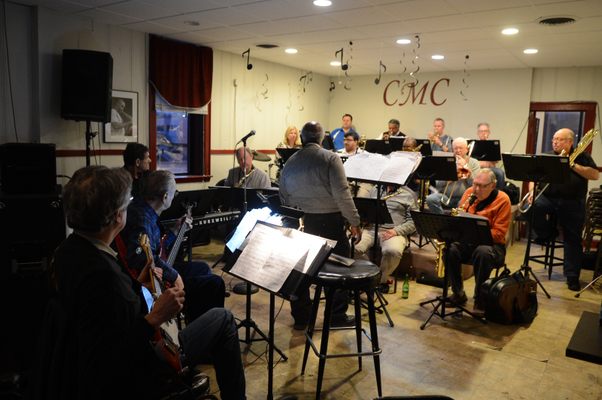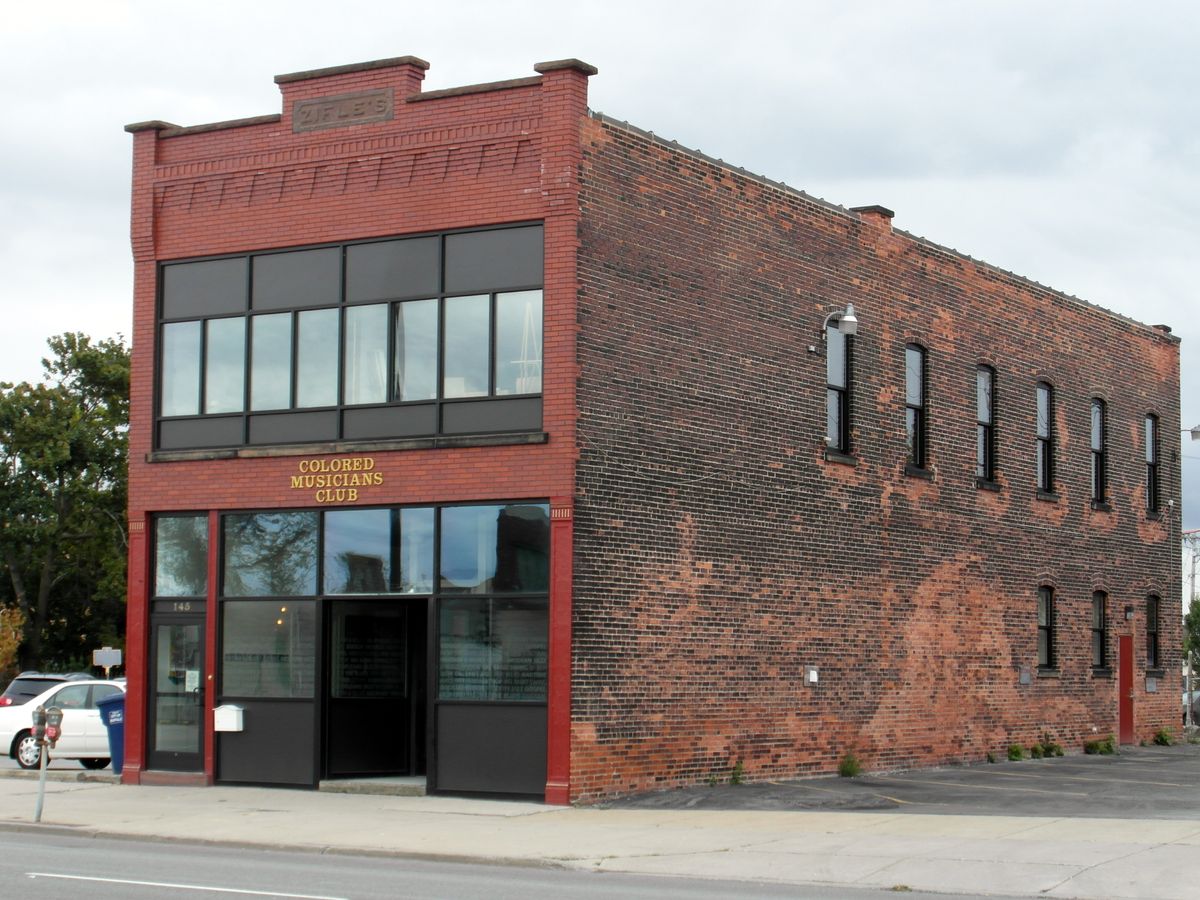About
Up until February 3, 1917, Buffalo, New York, only had one musicians union—one that didn’t accept black artists. But on that day, a group of black musicians decided to start their own union, Local 533. A year later, in 1918, a group of union members got together to form their own social club, a place to relax, share meals, and hold band rehearsals.
The Colored Musicians Club, a separate entity from Local 533, purchased its own venue in the 1930s. The union held its meetings on the first floor while upstairs, the club’s members filled the rooms with jazz. The club became a haven for musicians who, after the white and black unions were forced to merge, were put out of jobs by the newly united union’s favoritism toward its white members.
Aspiring musicians gathered within the club to hone their craft with the local greats. People of all races were welcome. Locals would socialize with one another and test their skills, and even mingle with whichever big-name celebrities popped in. Some of the United States' greatest jazz musicians, such as Ella Fitzgerald and Duke Ellington, passed through the club, where they played alongside the city's own talent.
Today, the club is still a vibrant part of the community, and it's the oldest-running club of its kind in the U.S. The first level of the building houses the Colored Musicians Club Museum, a multimedia archive that showcases the venue's past and highlights the history of jazz. Head to the second floor, and you’ll be immersed in the sounds that secured the venue’s place in music history.
Related Tags
Know Before You Go
The Colored Musicians Club museum is open Thursday through Saturday from 11 a.m. to 4 p.m. An adult ticket costs $10. For live music, try visiting on a Sunday, Monday, or Thursday.
Published
April 7, 2019












































